How did Australopitecus, Homo habilis and our other ancestors or "cousins" work? To find out, the biomechanics and computer scientists of the HoBis project are modeling the walking of human specimens covered with sensors, but also that of baboons, occasional adepts of movement on their two hind legs... To discover this report proposed by the CNRS in partnership with LeMonde.fr (in french) Franck [..]
In the press
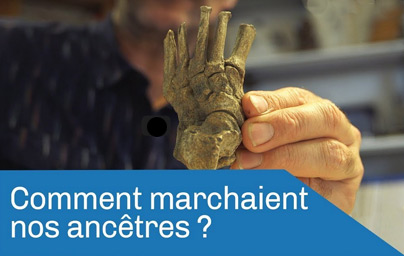
How did our ancestors walk?
Two people slipped into the same body . . . virtually!
The experience is unprecedented. So much so that it has led to the invention of a word: co-incarnation. This experience consists of two people sharing the simultaneous control of one and the same avatar. This milestone opens up an array of possibilities, in particular in the field of VR-based training. Débutées en 2018, les résultats de ces expériences surprenantes sont parus dans l'édition de [..]
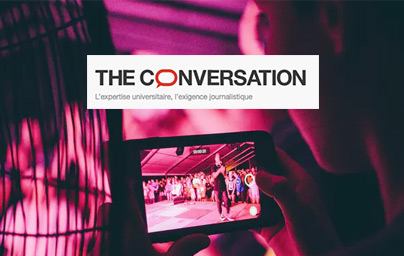
The 5G, how it works explained by Xavier Lagrange on The Conversation
Xavier Lagrange, Professor of Network Systems at IMT Atlantique and member of the ADOPNET team, explains the technological aspects of 5G operation on the Conversation site. Read the article (in French)
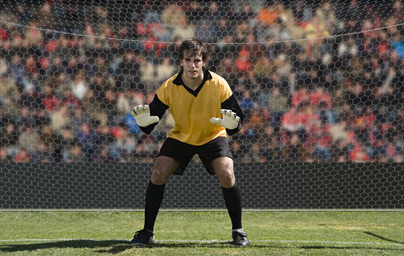
How to improve the attention of goalkeepers?
Front-page article of the CNRS journal ... How to improve the attention of goalkeepers? Knowing how to look out of the corner of your eye can be crucial when you are a professional footballer and especially a goalkeeper! Thanks to a study conducted with the complicity of several of them, a cognitive science researcher has obtained promising results to improve peripheral vision Read the article [..]
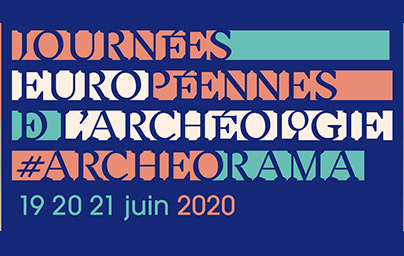
When IRISA combines the past with the future
As archaeological remains are fragile witnesses to be analyzed, interpreted, preserved and valorized, discover on the occasion of the European days of archaeology, the multiple innovative digital approaches in this field ... Valérie Gouranton (associate professor INSA) coordinator of the ANR-FRQSC INTROSPECT project and Ronan Gaugne (research engineer), members of the Hybrid research team. From [..]

"Where do computer bugs come from?"
Article of June 05, Lemonde.fr by Jean-Marc Jézéquel Professor at the University of Rennes 1 and Director of IRISA Jean-Marc Jezequel, is Professor of Computer Science at the University of Rennes 1 and Director of IRISA. He was awarded the CNRS silver medal in 2016. Jean-Marc explains to us where these little bugs come from that regularly disturb us in our digital activities and can be expensive [..]
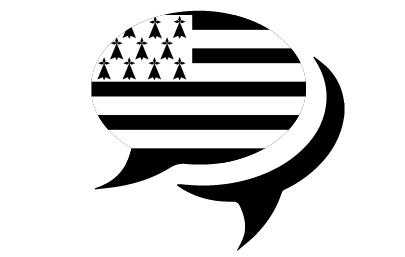
When research seeks to preserve and popularize the Breton language ...
Imagine a voice that would be able to transcribe a text in the right pronunciation and intonation in Breton, or even tomorrow, able to speak directly by adapting itself to the context? Imagine the Breton who would thus integrate our video games or human services (public transportation, commerce). This is a resarch project led by Damien Lolive (associate professor at Enssat and member of the [..]

IRISA in the spotlight in the Rennes Métropole magazine
When Rennes Métropole Magazine focuses on Research and Innovation in Digital Sciences, three pages are dedicated to IRISA, in the February issue. The article to discover is also online in pdf version (article only in french) See the whole of our press review
